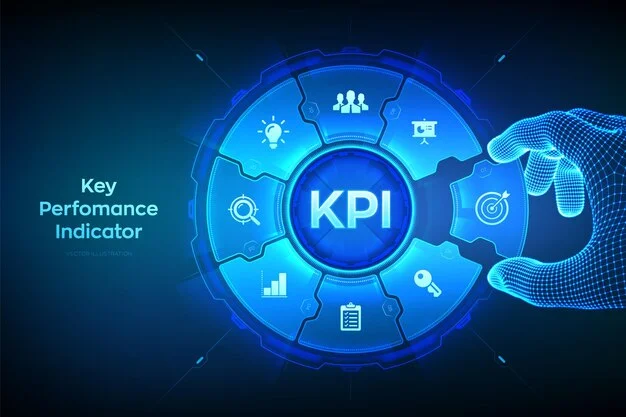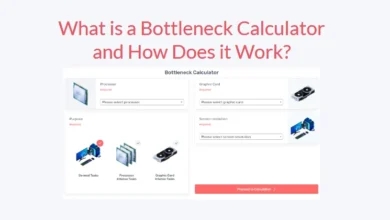The KPIs You Need for Measuring Ecommerce Personalization

Key Performance Indicators (KPIs) are vital for assessing the effectiveness of ecommerce personalization efforts. Personalization aims to provide a tailored shopping experience for each customer, which can significantly impact conversion rates, customer retention, and revenue. Here are some KPIs to measure how well your ecommerce personalization strategies are performing:
Customer Segmentation KPIs

1. Customer Lifetime Value (CLV) Segmentation: Measures how personalization efforts affect the long-term value generated from different customer segments.
2. Segment Conversion Rates: Conversion rates are specific to different customer groups, enabling insights into how well personalization tactics are resonating with targeted audiences.
3. Segment-Specific Engagement: Measures metrics like click-through rates, bounce rates, and time spent on the page for each customer segment.
User Experience KPIs

1. Bounce Rate: A lower bounce rate indicates that customers find the personalized content relevant enough to explore further.
2. Average Session Duration: Measures the average time users spend on your website. Higher session duration can indicate successful personalization.
3. Pageviews Per Session: An increase in this metric suggests that personalization strategies are encouraging users to explore more pages.
Conversion KPIs
1. Overall Conversion Rate: Measures the percentage of visitors who complete a desired action. It can be improved with effective personalization.
2. Cart Abandonment Rate: A lower cart abandonment rate can indicate effective personalization in the checkout process.
3. Average Order Value (AOV): Effective personalization can lead to customers purchasing more items or more expensive items, increasing AOV.
Customer Engagement and Retention KPIs
1. Customer Retention Rate: Measures how many customers return over a specific period. Personalization can improve this metric by enhancing customer loyalty.
2. Net Promoter Score (NPS): A high NPS score indicates that customers are willing to recommend your business, often a good sign that personalization efforts are effective.
3. Repeat Purchase Rate: Indicates the frequency with which customers return to make additional purchases, which can be boosted through effective personalization.
Read Also: Revolutionizing Content Creation With a Synthesia Alternative: The Power of AI Video Generators
Revenue-Related KPIs
1. Revenue Per Visitor (RPV): An increase in RPV often suggests that personalization is positively impacting revenue.
2. Customer Acquisition Cost (CAC) vs. Customer Lifetime Value (CLV): Lowering CAC while increasing CLV can signify the success of personalization efforts.
3. Revenue Attribution to Personalized Campaigns: Measures the portion of revenue generated specifically from personalized marketing campaigns.
Product Recommendation Metrics
1. Click-Through Rate on Recommended Products: Measures the effectiveness of personalized product recommendations.
2. Conversion Rate on Recommended Products: Tracks how many users who clicked on recommended products ended up making a purchase.
3. Revenue Generated from Recommended Products: Indicates the direct financial impact of personalized product recommendations.
By carefully tracking these KPIs, ecommerce businesses can gain valuable insights into the effectiveness of their personalization strategies, enabling continuous optimization and improvement.
Data Granularity
1. Time-Based Analysis: Evaluate the effectiveness of personalization over specific time frames (daily, weekly, monthly, or seasonally) to identify trends or periods of heightened effectiveness.
2. Device-Specific Metrics: Understanding how personalization performs across various devices (desktop, mobile, tablets) can help you tailor experiences more precisely.
Usability Metrics
1. Error Rates: Keep track of any errors or issues customers encounter during personalized experiences, such as incorrect product recommendations or technical glitches.
2. Customer Satisfaction Surveys: These can provide qualitative data to supplement your quantitative KPIs. Ask customers how they feel about the personalized experience, what they like, and what they think can be improved.
Campaign-Specific KPIs
1. Open Rates for Personalized Emails: Measuring how many people open personalized emails compared to generic emails can help assess the effectiveness of your personalization in email marketing.
2. Click-Through Rates for Personalized Ads: Similarly, the CTR for personalized ads can be a good indicator of the effectiveness of your personalization in advertising campaigns.
Read Also: What are End-to-End E-Commerce Solutions?
Cross-Channel Metrics
1. Omnichannel Engagement: Measure customer engagement across all channels—social media, mobile app, online store, and physical store—to see how personalization strategies are working across the board.
2. Channel-Specific Conversion Rates: This helps identify which channels are most effectively leveraging personalization to drive conversions.
ROI Metrics
1. Return on Personalization Investment (ROPI): This is a specific ROI metric that measures the financial return gained from investments made in personalization technologies and strategies.
2. Cost Savings Through Personalization: Measure how personalization is helping to reduce costs, whether through improved efficiency or reduced customer service demands.
User Behaviour Analytics
1. Path to Purchase: Tracking the steps that users take leading up to a purchase can help you understand how personalization impacts the customer journey.
2. User Click Paths: Understanding the most common routes users take through your site can help you better tailor those paths for improved personalization.
Social Metrics

1. Social Shares of Personalized Content: Tracking how often personalized content is shared on social media can be a good indicator of its quality and relevance.
2. Social Media Engagement: Measure likes, comments, and other forms of engagement on social media posts that involve personalized content.
Read Also: How to See NSFW Posts on Reddit?
Long-Term KPIs
1. Churn Rate: Keeping an eye on how many customers you lose over a specific period can indicate whether your personalization strategies are effective in retaining customers.
2. Customer Advocacy: Measure how many of your customers become advocates for your brand, as highly satisfied customers are more likely to promote your products or services.
By consistently monitoring these expanded KPIs, you’ll not only gain a comprehensive understanding of how well your ecommerce personalization efforts are working but also identify areas for improvement. This way, you can make data-driven decisions to enhance personalization and, by extension, customer satisfaction and revenue.





